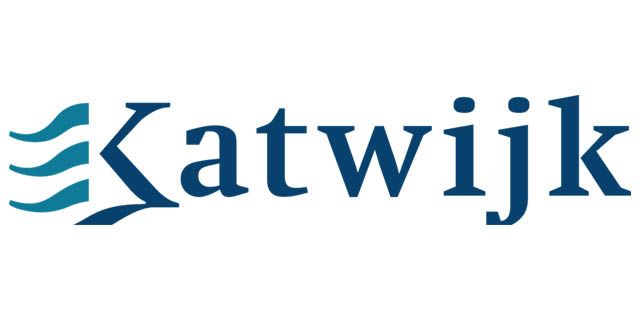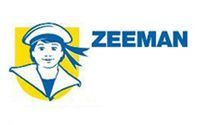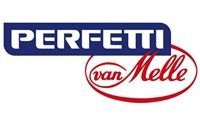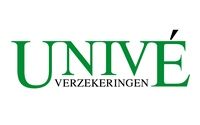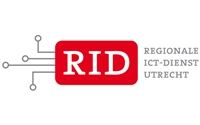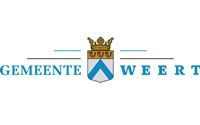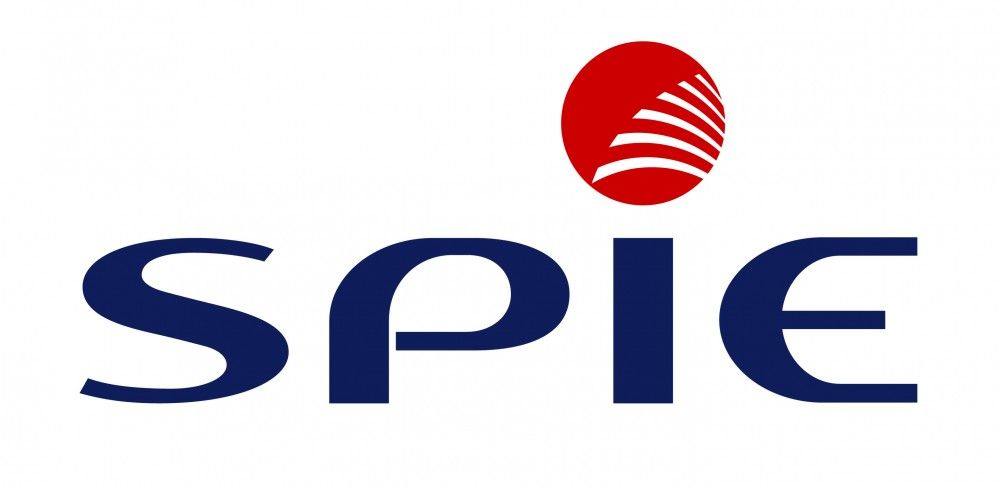Cursusbeschrijving
This five-day course provides students with the skills and knowledge to be able to design, deploy and manage a physical as well as a virtual Windows Server 2012 application management infrastructure. Students will also learn to design, deploy and manage Windows 8 Enterprise applications in a physical and virtual environment as well as in the cloud.
{tab Doelgroep}This course is intended for IT Professionals who are interested in specializing in Windows 8 application deployments and managing the application environments for large organizations. People attending this training could be support technicians or currently in deployment roles and are considering taking the next step in their career or enhancing their skills in the areas of planning and deploying Windows 8 desktops.
{tab Voorkennis} M20415 Implementing a Desktop Infrastructure {tab Certificering} This course helps to prepare for exam 70-416: Implementing Desktop Application Environments {tab Overige informatie}This course will be delivered with digital courseware. In order to have the best learning experience you are asked to bring your own second screen to view the courseware. A second screen includes: tablets and laptops.
{/tabs} {slider Cursusinhoud|closed}Module 1: Designing an Application Distribution Strategy
This module explains how to design an application distribution strategy that is appropriate for an organizational environment.
- Determining Business Requirements for Application Distribution
- Overview of Application Distribution Strategies
- Determine business requirements for application distribution.
- Design an application distribution strategy appropriate for an organizational environment.
Module 2: Diagnosing and Remediating Application Compatibility
This module explains how to diagnose and remediate application compatibility problems for desktop and presentation virtualization-based deployments.
- Diagnosing Application Compatibility Issues
- Evaluating and Implementing Remediation Solutions
- Resolving Compatibility Issues with the Application Compatibility Toolkit
- Describe common compatibility issues, and determine whether an application is compatible with the Windows 8 operating system prior to deploying the application.
- Determine an appropriate solution to remediate application compatibility issues.
- Resolve application compatibility issues by using the Application Compatibility Toolkit.
Module 3: Deploying Applications by Using Group Policy and Windows Intune
This module explainshow to use Group Policy and Windows Intuneto deploy applications to client devices.
- Deploying Applications by Using Group Policy
- Deploying Applications by Using Windows Intune
- Deploy applications centrally by using Group Policy.
- Deploy applications to clients using Windows Intune.
Module 4: Deploying Applications by Using System Center Configuration Manager
This module covers how to deploy applications centrally using Configuration Manager.
- Understanding Application Deployment by Using Configuration Manager 2012
- Deploying Applications by Using Configuration Manager 2012
- Configure Configuration Manager 2012 to support application deployment.
- Deploy applications by using Configuration Manager 2012.
Module 5: Configuring Self-Service Application Deployment
This module explains how to configure self-service application deployment using Configuration Manager, Service Manager, and Windows 8 Application Store.
- Understanding Self-Service Application Deployment
- Configuring Self-Service with Windows Intune
- Self-Service Deployment with Configuration Manager 2012
- Self-Service Deployment with Service Manager 2012
- Plan and configure self-service application deployment.
- Configure self-service application deployment by using Windows Intune.
- Plan self-service application deployment and configure self-service application deployment using Configuration Manager.
- Describe Service Manager’s self-service catalog andhow to deploy it.
Module 6: Designing and Implementing Presentation Virtualization Infrastructure
This module describes how to design and deploy Windows Server 2012 roles and features to support presentation virtualization.
- Assessing Presentation Virtualization Requirements
- Planning Presentation Virtualization Infrastructure
- Deploying Presentation Virtualization Infrastructure
- Assess presentation virtualization infrastructure requirements.
- Design a presentation virtualization infrastructure that meets business requirements.
- Deploy a presentation virtualization infrastructure.
Module 7: Preparing, Configuring and Deploying Presentation Virtualization Applications
This module explains how toprepare, deploy and manage applications for Remote Desktop, RemoteApp, and Remote Desktop Web Access.
- Determining Presentation Virtualization Application Strategies
- Deploying Remote Desktop, RemoteApp, and RD Web Access
- Determine the best presentation virtualization strategies.
- Plan and deploy Remote Desktop Session Host servers as traditional, RemoteApp, and Remote Desktop Web Access.
Module 8: Designing and Deploying an Application Virtualization Environment
This module covers how to design and deploy Windows Server 2012 roles and features to support application virtualization.
- Overview of Application Virtualization Models
- Deploying Application Virtualization Infrastructure Components
- Configuring Application Virtualization Client Support
- Deploy the components needed to support various App-V models.
- Deploy the App-V full infrastructure model.
- Deploy and configure the App-V client.
Module 9: Preparing, Sequencing, and Deploying Virtual Applications
This module describes how to virtualize and deploy applications by using App-V and System Center 2012 Configuration Manager.
- Sequencing Applications with App-V
- Deploying App-V Applications
- Sequence applications.
- Use different methods to deploy an App-V application.
Module 10: Planning and Implementing Application Updates and Security
This module covers how to plan and configure the appropriate infrastructure to streamline the deployment of software updates to applications. It also describes how to plan and configure application security.
- Planning Application Updates
- Deploying Updates With WSUS
- Deploying Application Updates by Using Configuration Manager 2012
- Implementing Application Security
- Plan for application updates.
- Use WSUS to manage application updates.
- Deploy application updates by using Configuration Manager 2012.
- Implement application security using Group Policy and System Center 2012 Endpoint Protection.
Module 11: Planning and Implementing Application Upgrade and Supersedence
This module explains how to plan and implement application upgrades and supersedence. It also covers how to plan and implement application coexistence.
- Planning and Implementing Application Upgrades and Supersedence
- Planning and Implementing Application Coexistence
- Plan and implement application upgrades and supersedence.
- Plan and implement application coexistence.
Module 12: Monitoring Application Deployment, Utilization, and Performance
This module describes how tomonitor the deployment, performance, and utilization of applications and determine whether current application hosting platforms are meeting business needs.
- Planning and Implementing Application Monitoring Infrastructure
- Application Metering, Inventory and Asset Intelligence
- Monitoring Application Resource Utilization
- Plan and perform application monitoring.
- Create an application inventory and perform metering.
- Monitor application resource utilization.
- Design an application distribution strategy that is appropriate for an organizational environment.
- Diagnose and remediate application compatibility problems for desktop and presentation virtualization-based deployments.
- Use Group Policy and Windows Intune to deploy applications to client devices.
- Deploy applications centrally using Configuration Manager.
- Configure self-service application deployment using Configuration Manager, Service Manager, and Windows 8 Application Store.
- Design and deploy Windows Server 2012 roles and features to support presentation virtualization.
- Prepare, deploy and manage applications for Remote Desktop, RemoteApp, and Remote Desktop Web Access.
- Design and deploy Windows Server 2012 roles and features to support application virtualization.
- Virtualize and deploy applications by using App-V and System Center 2012 Configuration Manager.
- Plan and configure the appropriate infrastructure to streamline the deployment of software updates to applications, and plan and configure application security.
- Plan and implement application upgrades, supersedence, and application coexistence.
- Monitor the deployment, performance, and utilization of applications and determine whether current application hosting platforms are meeting business needs.
Meer weten over dit onderwerp?
We verzorgen verschillende verschillende cursussen! Laat hieronder uw gegevens achter en we sturen u vrijblijvend een uitgebreid overzicht toe met alle mogelijkheden.
